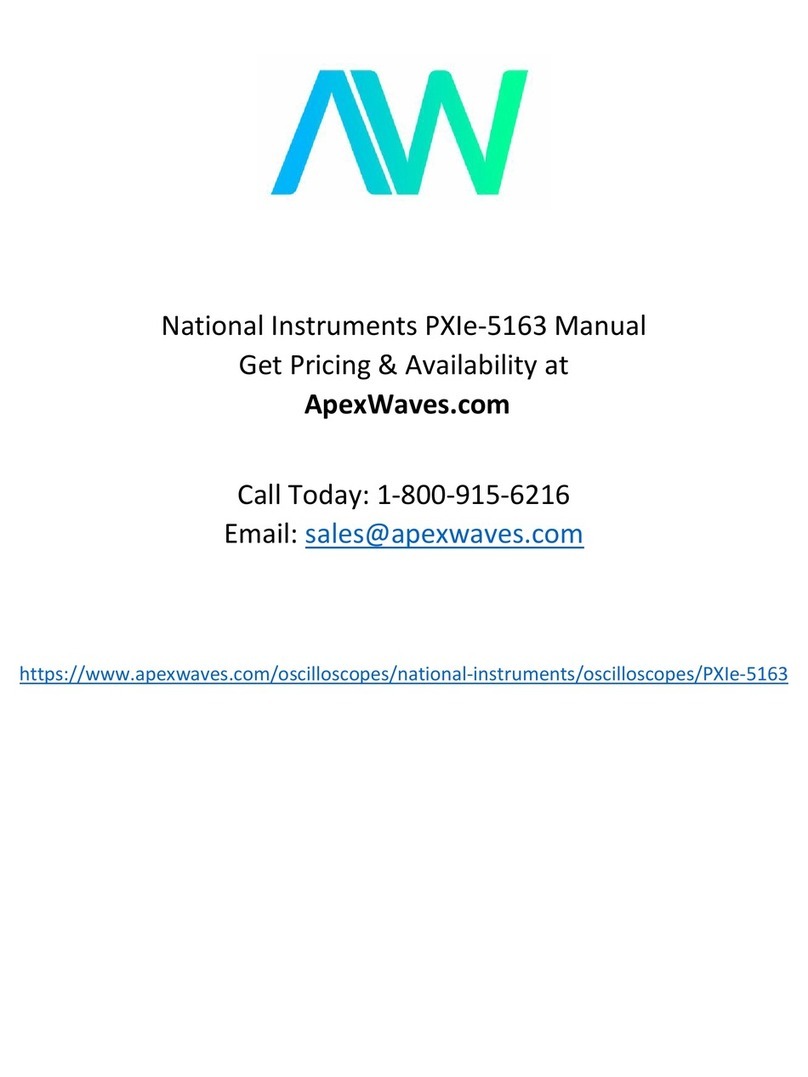
SECTTON 1
WARRAl\TY
AW Dynamometer, Inc. warrants its products to be free from defects in material
and workmanship under normal and proper use for a period of one year from the
date of shipment" Any produets purchased from AW Dynamometer, Inc. that upon
inspebtion at AW Dynamometer's factory prove to be defective as a result of
normal use during lhe one year period will be repaired or replaced ( t Aw
Dynamometer's option) without any charge for parts or labor. This limited
warcanty shall be void in regard to (1) any product or part without AW
Dynamometer's previous written eonsent or (2) any product or part thereof that has
been subjeeted to unusual clectrical, physical, or mechanical stress or upon which
the original identifieation marks have been removed or altered. Transportation
charges for shipping any product or part thereof that the bmyer elairns is
covered by this limited warranty shall be paid by the buyer. WITI{ THE
EXPRESS WARR.ANTY SET CUT ABOVE, AW DY}IAMOMETER, INC"
DOES NCT GR.ANT A}dY WARR,ANTIES EIT}IER EXPRESSED OR
IMPLIED, INCLUDING IMFI,IED WARRANTItrS OF MERCHANTAFITITY
CR FIThTESS FCR. USE" The obligations or liabilities of AW Dynamometer, Inc"
specifieally shall not be liable for damages, AW Dynamometer, Ine. speeifieally
shall not be liable for re:instailing any produet or part thereof repaired or replaeed
under the limited warranty set out above. AW Dynamometer, Inc. expressiy
excludes all liability for any indirect or oonsequential damages the buyer may
sustain in conneetion with the delivery, use, or performanee of AW Dynamometer,
Inc" products.
Under no circumstances shall any liability for which AW Dynamometer, Ine" is
held responsible exceed the selling price to the buyer of the AW Dynamometer,
Inc. products that are proven to be defective. This limited warranty applies
exclusively to AW Dynamometer, Inc. m'anufacrured producJs. Warranties for
driveline components, gauges, power computer and printer and other
manufacturer's goods are covered by their warcanty. Any legal aetion for breach
of any AW Dynamometer, Inc. warrarrty must be commenced within one year of
the date on which the breach is or should have been discovered.






























